#alcida
Explore tagged Tumblr posts
Text

Meet Alcida, my idiot birb hacker
25 notes
·
View notes
Text

some quick development / design sketches of my friend Sevin's little red junior cult leader
#alcida#alcida dacire#fantrolls#fantroll#homestuck#scraps#tried emulating the og hs style and then gave up LOL#2024#mine#silliesverse#i should start tagging fantrolls w that.
5 notes
·
View notes
Text

Dovekie aka Little Auk (Alle alle), family Alcidae, order Charadriiformes, Iceland
Photograph by Christophe Moning
26K notes
·
View notes
Text

A black guillemot or tystie (Cepphus grylle) in Mousa, Shetland, UK
by Gary Faulkner
#black guillemot#guillemots#auks#seabirds#birds#cepphus grylle#cepphus#Alcidae#Charadriiformes#aves#chordata#wildlife: uk#wildlife: europe
558 notes
·
View notes
Text
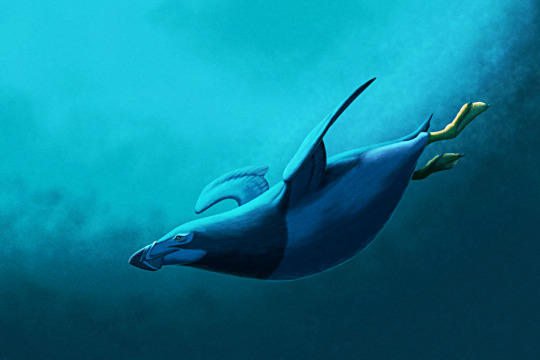
The mancallines were a lineage of flightless semi-aquatic birds closely related to auks. Known from the Pacific coasts of what are now California and Mexico, between about 7.5 and 0.5 million years ago, they convergently evolved a close resemblance and similar lifestyle to both the recently-extinct North Atlantic great auk and the southern penguins.
Miomancalla howardi here lived in offshore waters around southern California during the late Miocene (~7-5 million years ago). The largest of the mancallines, it just slightly beat out the great auk in size – standing around 90cm tall (~3') and weighing an estimated 5kg (11lbs).
Like great auks and penguins it would have been a specialized wing-propelled diver, swimming using "underwater flight" to feed on small bait fish. It probably spent much of its life out at sea, probably only returning to land to molt and breed.
———
NixIllustration.com | Tumblr | Patreon
#science illustration#paleontology#paleoart#palaeoblr#miomancalla#mancallinae#pan-alcidae#auk#charadriiformes#bird#dinosaur#art#convergent evolution
597 notes
·
View notes
Text

Atlantic Puffin
168 notes
·
View notes
Photo

Razorbill (Alca torda)
© Will Kennerley
130 notes
·
View notes
Text
Uncharismatic Fact of the Day
Throughout the animal kingdom, horns are used as a sure-fire way to impress potential mates. Case in point: the rhinoceros auklet. This bird is named for the horn-like appendage (known as a rhamphotheca) that grows from the beak of breeding males and females. The size of the horn, and the ultaviolet patterns covering its surface, is thought to influence mate choice.

(Image: A rhinoceros auklet (Cerorhinca monocerata) by Eric Ellingson)
Want to request some art or uncharismatic facts? Just send me proof of donation to any of the fundraisers on this list, or a Palestinian organization of your choice! Proof does not have to include any personal info– only the date, the amount, and the recipient.
72 notes
·
View notes
Text

Least Auklet Aethia pusilla
7/16/2024 St. Paul Island, Alaska
Sam Darmstadt via iNaturalist, CC-BY-NC
#Auklet#least auklet#auklets#alcidae#seabirds#other people's photos#iNaturalist#bird#birds#wildlife#nature#bird photography
69 notes
·
View notes
Text



64 notes
·
View notes
Text
black guillemot (cepphus grylle) in winter plumage, preening itself, ireland
#charadriiformes#alcidae#cepphus#black guillemot#auks#seabirds#guillemot#birds#birdwatching#bird photography#display flight#they are exactly my third favourite auk species. they are my beloved :]
27 notes
·
View notes
Text

photo source
#poll#bird#atlantic puffin#charadriiformes#alcidae#fratercula#fratercula arctica#eurasia#asia#europe#america#north america#africa
30 notes
·
View notes
Text




Razorbill (Alca torda), family Alcidae, order Charadriiformes, Iceland
Photographs by Nick Mir
2K notes
·
View notes
Text

A crested auklet (Aethia cristatella) sits cliffside on St Paul Island, Alaska, USA
by Isaac Sanchez
#crested auklet#auks#seabirds#birds#aethia cristatella#aethia#alcidae#Charadriiformes#aves#chordata#wildlife: alaska#wildlife: usa#wildlife: north america
396 notes
·
View notes
Text


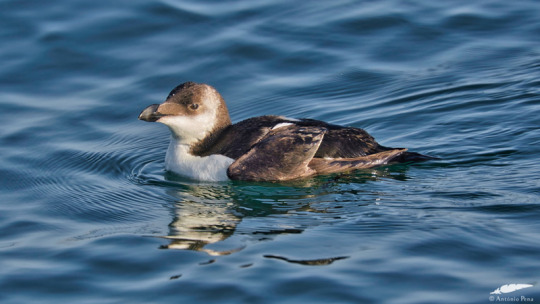
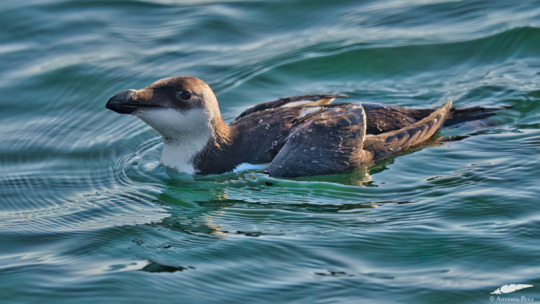


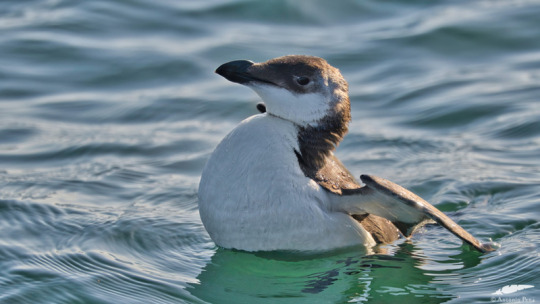
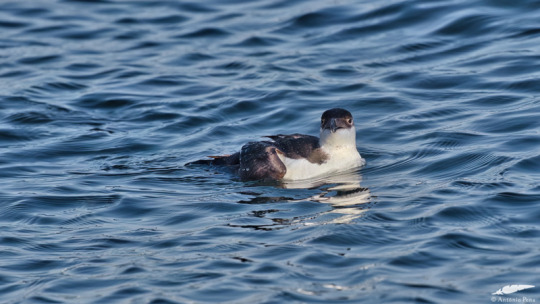
Razorbill - Torda-mergulheira (Alca torda)
Setúbal/Portugal (13/03/2024)
[Nikon D850; AF-S Nikkor 500mm F5,6E PF ED VR]
38 notes
·
View notes
